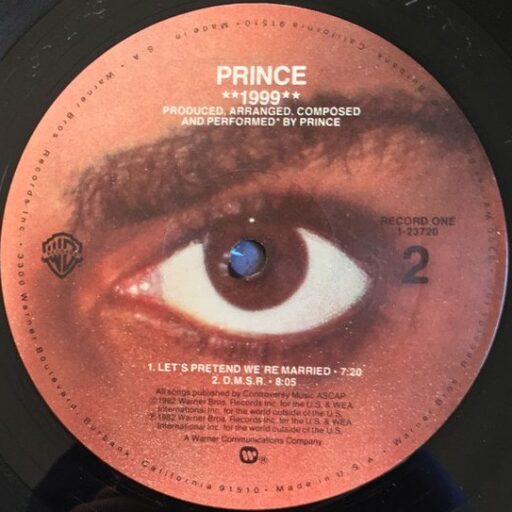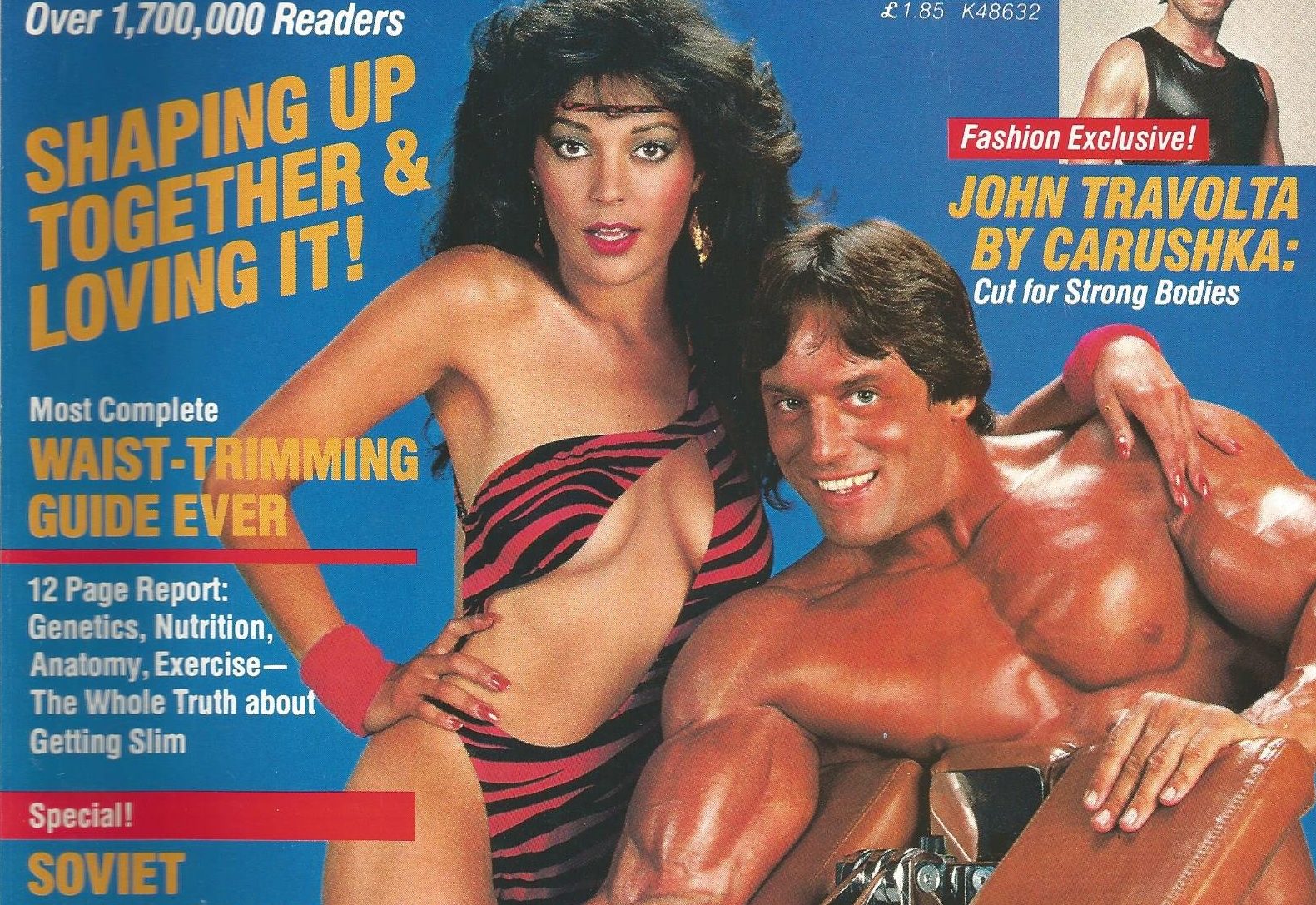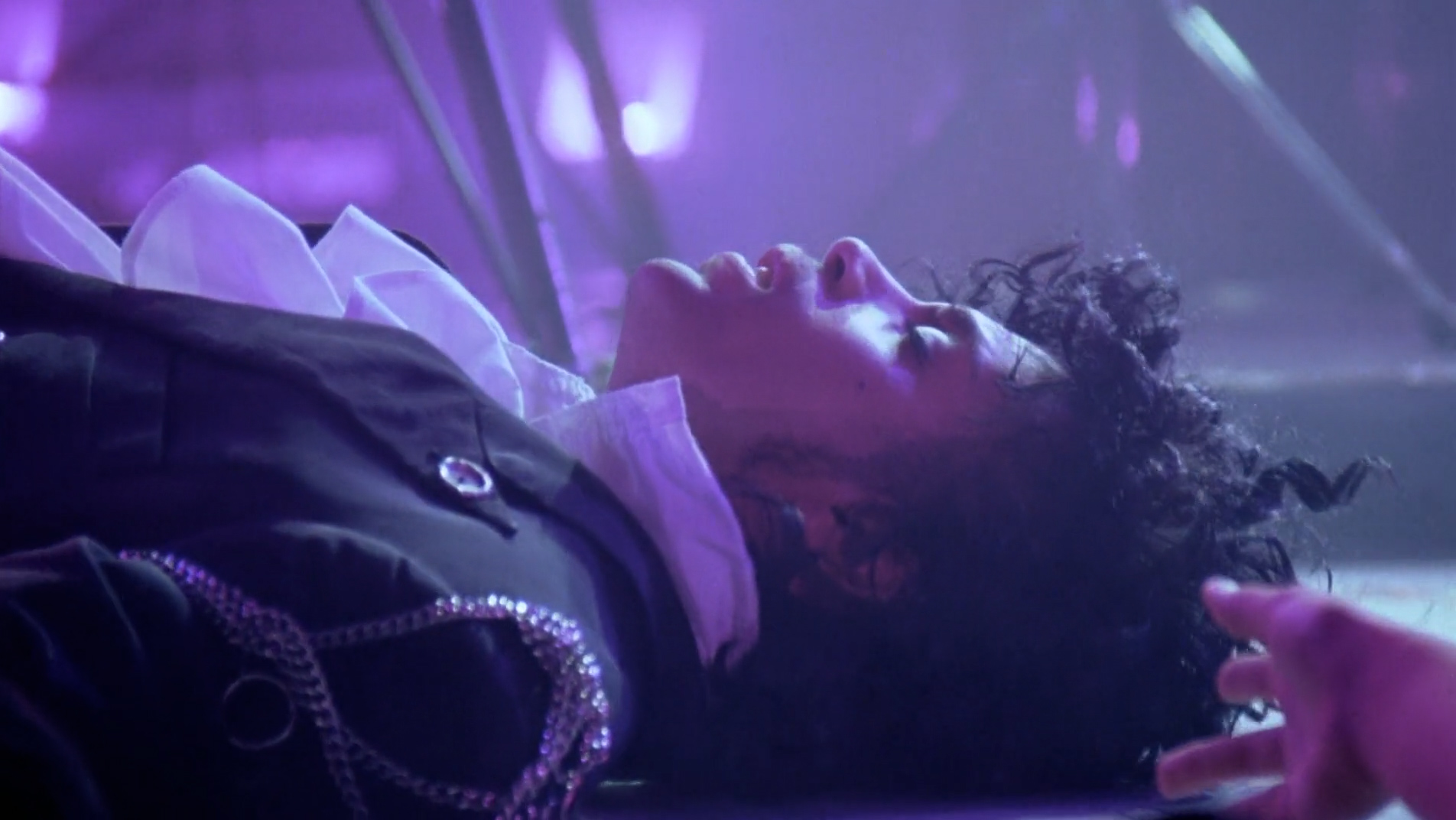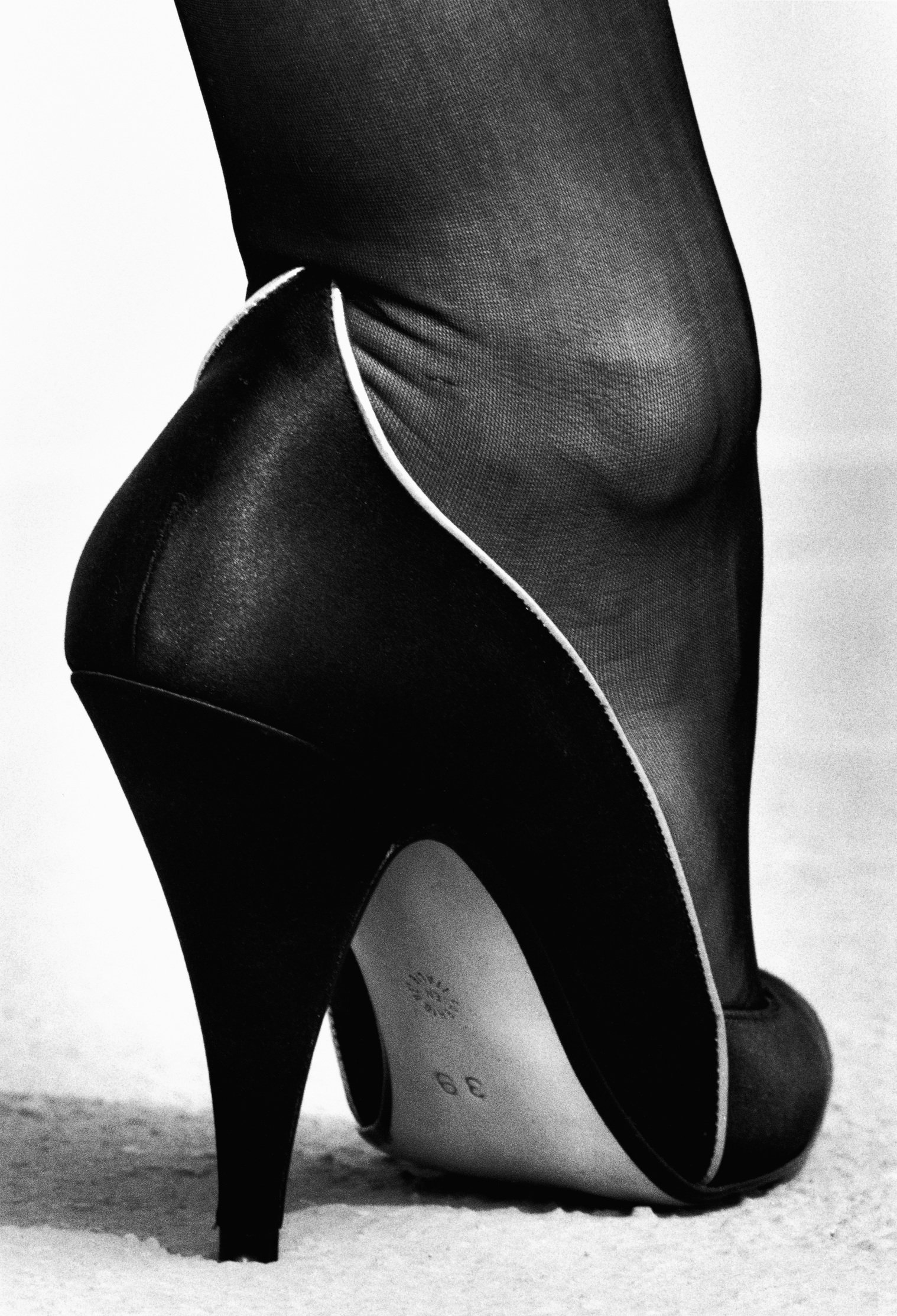Tag: vanity
-
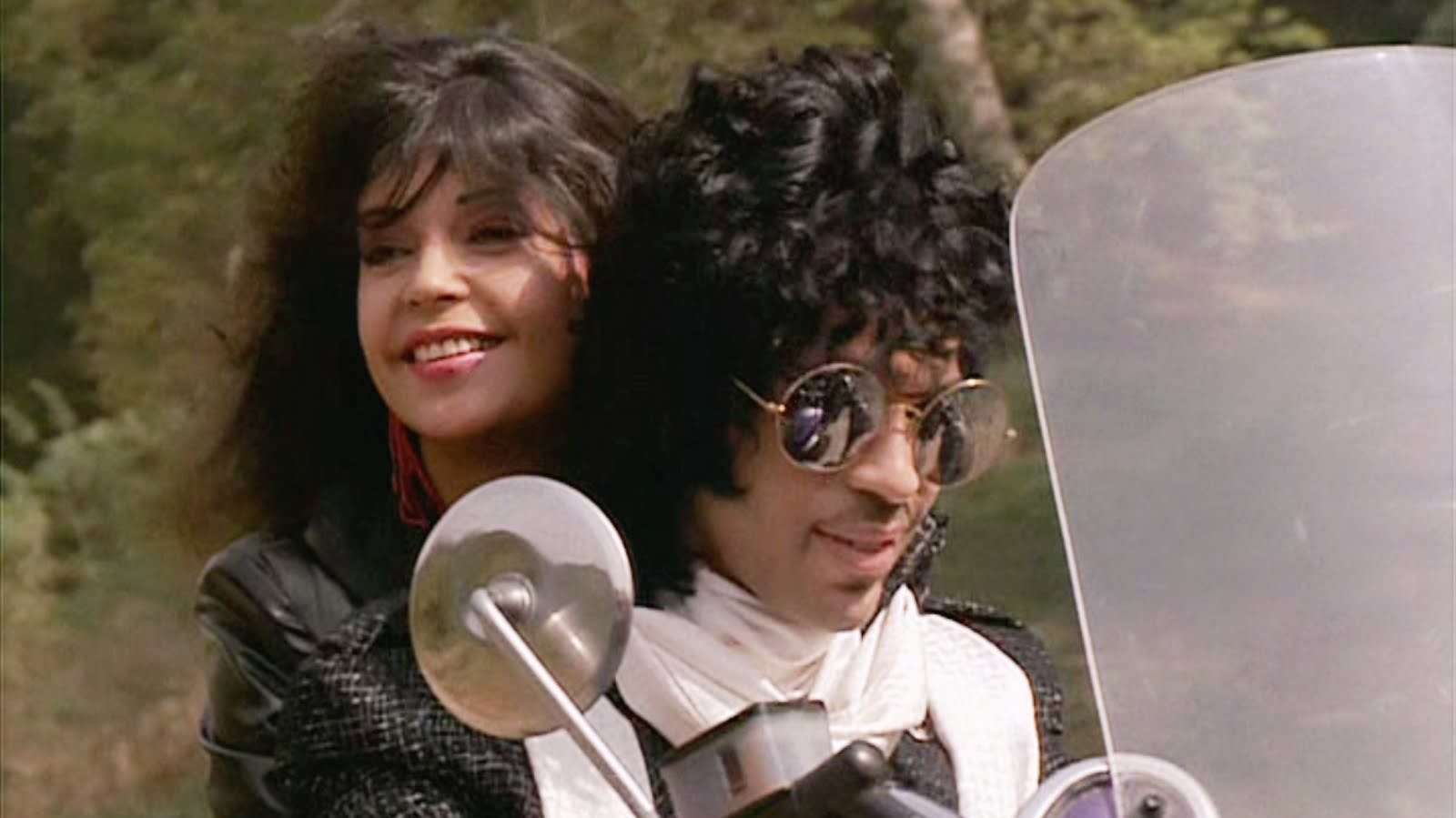
Take Me with U
“Take Me with U” has to do a lot of heavy lifting to make its part of the movie work, and it’s a testament to its sturdy construction that it works as well as it does.
-
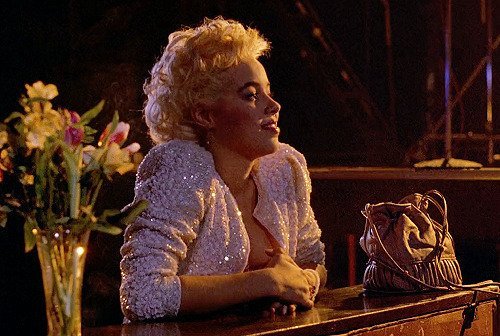
Wednesday
“Wednesday” is over so quickly that it may take a few listens for the grim desperation of its lyrics to register.
-
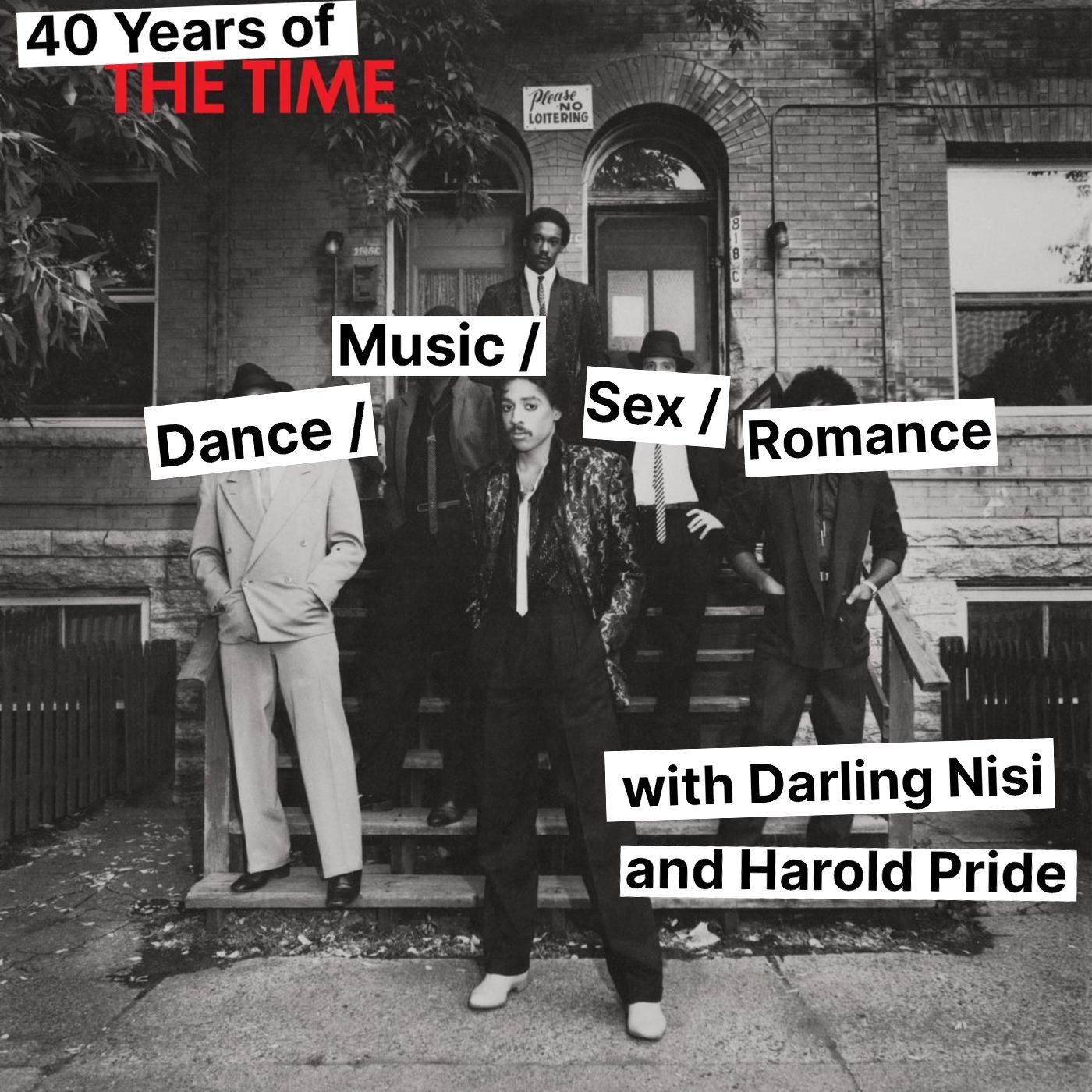
Podcast: 40 Years of The Time – A Conversation with Darling Nisi and Harold Pride
Darling Nisi and Harold Pride return for another in-depth retrospective on the 1981 debut album by the Time.
